When and how should the socio-economic economy stopped due to the new coronavirus be restarted?

While being exposed to the new coronavirus, it is required to block cities and maintain social distances in various places. Meanwhile, the “
How We Reopen-YouTube
The Pandemic Resilience Roadmap, released on April 20, 2020, is a new coronavirus infectious disease (COVID-Infectious Diseases) created by a group of national experts in economics, public health, technology, and ethics. 19) Comprehensive roadmap for resuming the US economy in the midst of crisis. The roadmap is described by Hart as 'realistic for reaching consensus for all politicians and people.'

Among the creators of the roadmap is Hart's name.

There are several ways to deal with the pandemic of the new coronavirus. As of April 20, when the roadmap was published, the number of new-type coronavirus infections per day in the United States continues to increase as shown in the graph below, but the number of infected people is increasing due to the effects of urban blockades, etc. It is getting looser. So many people think 'when can I return to my pre-pandemic life?'
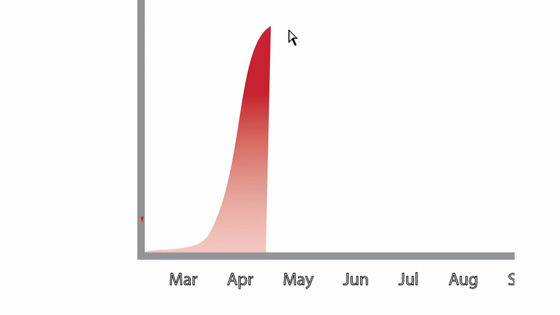
I don't know exactly how the number of infected people will change, but the idea that 'the situation will end in June' is 'too sweet and unrealistic,' Hart said.
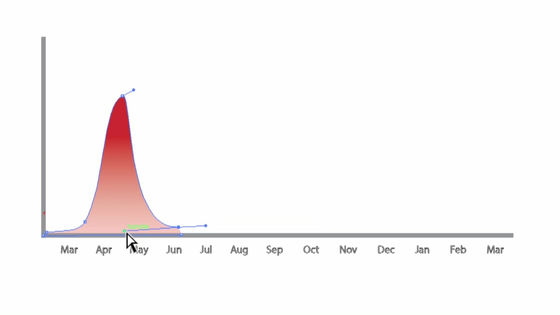
Also, if the urban blockade is partly eased as in Spain, the number of people infected with the new coronavirus will increase again, and it may be necessary to restart the severe urban blockade.
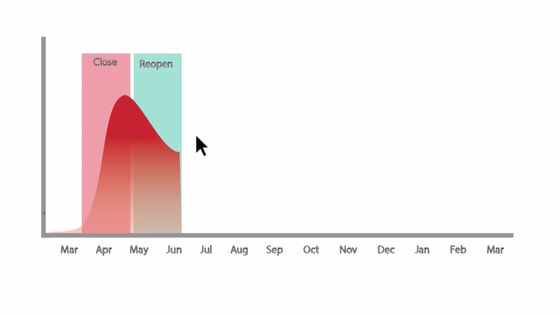
There is also a proposal that after a certain period of city blockade, regulations are relaxed, the economic situation is restored, the city is blocked again, and the blockade and relaxation are repeated, but there are many unknown factors in this, and as in normal times Cannot be returned to a normal economy. In addition, clusters can occur throughout society, making future planning more difficult and making social security more difficult.
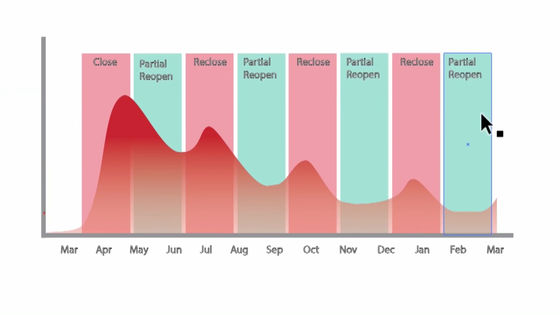
Therefore, by trying to create a roadmap that everyone can convince, Hart et al. Gathered and a 'recovery roadmap from a pandemic' was created. This roadmap is required to deal with the pandemic in four stages after the city blockade. By continuing to deal with this roadmap, the number of infected people will continue to decrease, and it is possible to restore the economy to a 'resilient state' in the summer of 2020.

The first thing you need to do this is 'inspection.' The roadmap is calling for the need for more tests than the current number of tests, millions of times a day. By continuing the inspection, the time required to obtain the inspection results should be shortened.
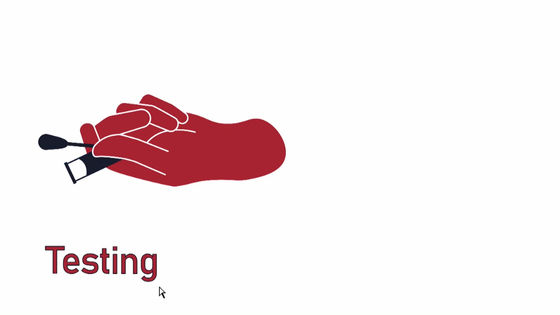
The second is 'tracking'. 'Tracking' is to follow up on a person who may have been in close contact with a person infected with a new coronavirus and notify the person who may be infected to that effect. This is the same as that proposed by Apple and Google's '
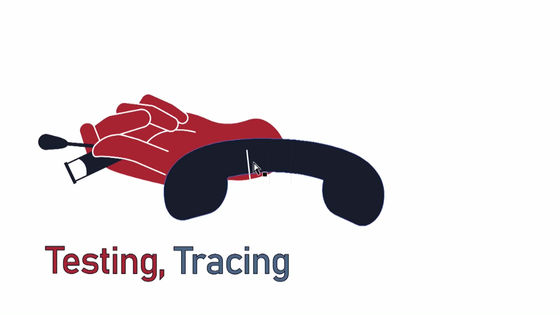
The third is 'quarantine support'. Those who are positive in the new coronavirus test, or those who are waiting for the results of the test, will need support in terms of health care, consumables, and work.
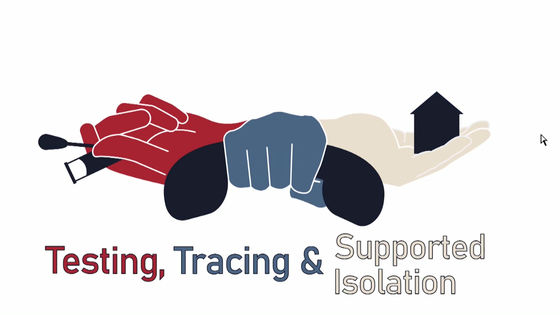
The roadmap proposes a large-scale implementation of the “TTSI” that combines the three. 'Please do a TTSI this summer to expedite the new coronavirus,' Hart said.
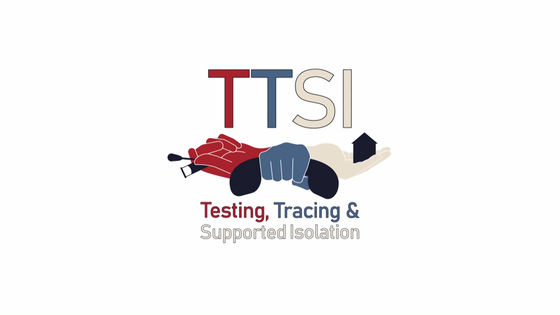
In addition, the movie explains the measures of the “Pandemic Resilience Roadmap” in four stages.
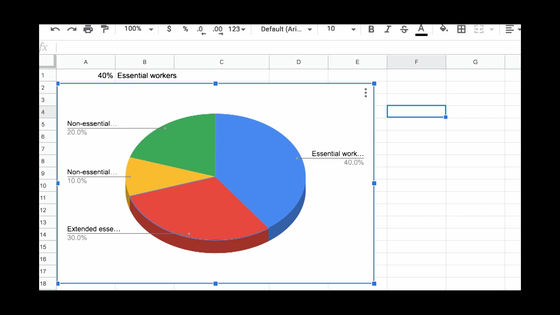
First of all, the first step is the measures to be taken after the city blockade. The purpose is to reduce the number of people infected by providing support to 'workers who are indispensable to running society,' such as healthcare professionals and people who work in grocery stores. At this stage, 40% of the economy was released.

Specifically, in addition to medical personnel who have been working since the city was blocked, maintenance workers in the public utility, people working in the police, fire department, grocery stores, delivery companies, etc. will be required to work at this stage. People who work at this stage are required to fight on the front lines in the new coronavirus pandemic, but people who work at grocery stores and delivery companies are people who do not originally assume such a situation. I will. Therefore, it is important to increase resources to support workers at this stage and support a limited economy by creating a strong pandemic foundation, Hart argues. In addition, Hart said the rigorous implementation of the TTSI would eliminate the need for those who work in the first stage to have the suspicion that the new coronavirus is spreading.
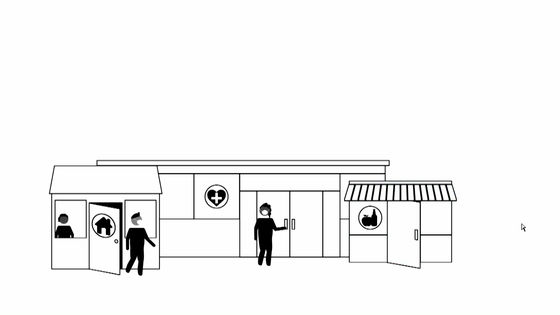
In addition, if some of the people working at this stage test positive for the new coronavirus test, it may be necessary to take sick leave and implement measures to protect their colleagues. I am. Even if the onset becomes clear at this stage, it is possible to prevent the spread of infection by quickly identifying and isolating infected people and people who may be infected if TTSI is strictly implemented. . Furthermore, by preventing the spread of infection, it is possible to deal with the lack of beds.

The better functioning of 'tracking' in TTSI in each region will accelerate the speed from the first stage to the second stage. It should be noted that in the first stage, more than half of the societies continue to isolate their homes, so it will be easier to secure an 'inspection sufficient to actually keep the people who work in the field safe.'
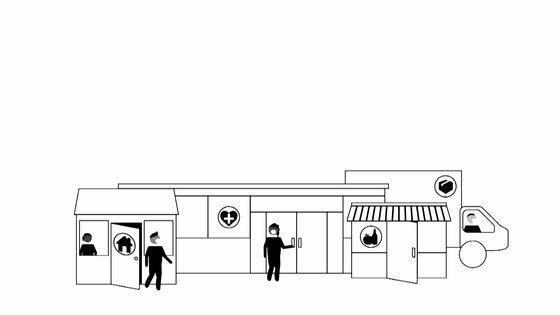
The second stage restores 30% of society as a whole, in addition to the people who worked in the first stage. It is the purpose of workers returning to society in the second stage to reduce the burden on workers who worked during the blockade of the city and during the first stage.

Specifically, pharmacies to reduce the burden on medical personnel and ...
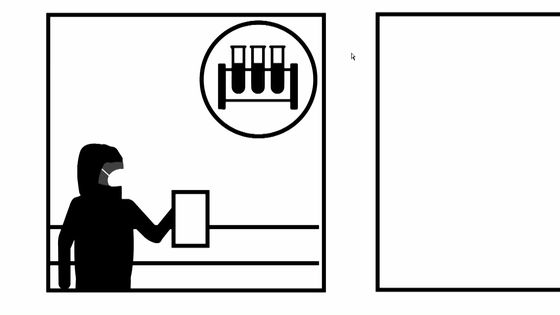
babysitter

Repair shop
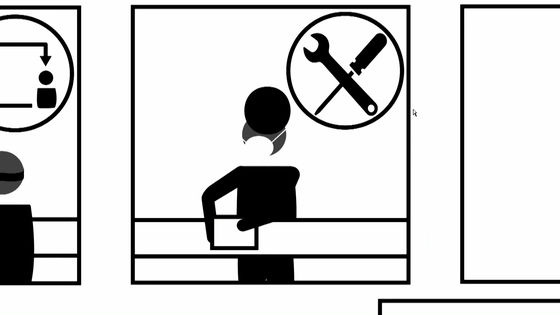
Cleaning companies will be reinstated in the second stage.
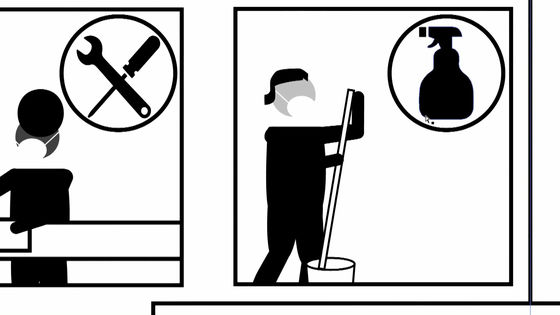
It seems that public transportation will be revived at this timing. In the second stage, we will build a tracking system while supporting the occupations that were returned to society in the first stage. However, as measures to maintain social distance, it is necessary to continue measures such as prohibiting large-scale meetings in public places. Even if people who are reintegrated into society at this stage are infected, PCR tests and isolation of concentrated contacts should be able to be performed quickly if TTSI is performed properly, thus minimizing the risk of spread of infection. You should be able to suppress it.

The third stage is very short and the applicable workforce is small. At this stage, it is the workers (10% of the total) who are 'industry that is not essential to society but cannot work at home' to return to society at this stage. This phase will be completed within 1-2 weeks, after which the unemployment caused by the new coronavirus will disappear.

At the third stage, it is the beauty salon and nail salon that will return to society. Of course, it is required to restart after taking safety measures such as wearing a mask. 'Perhaps the hair salon will be reopened, giving priority to workers who work in essential jobs,' Hart said. In the case of beauty salons, it is necessary to take safer measures against the new coronavirus by taking measures such as accepting only one customer at a time.
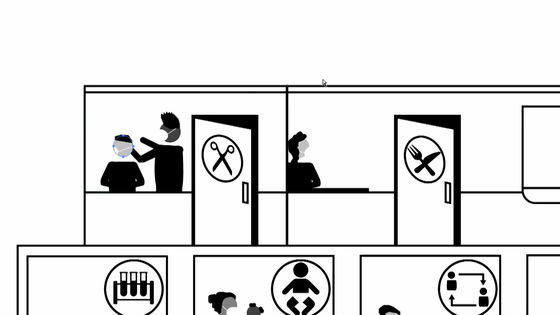
Note that teleworking employees and mathematicians are required to work from home even at the third stage. Mr. Hart said that at this stage, it is the job categories such as masseurs that should 'reinstate work at home' that should be returned to society at this stage. In the third stage, support for unemployed people and homeless people will be strengthened, and small-scale gatherings in public places will be permitted.
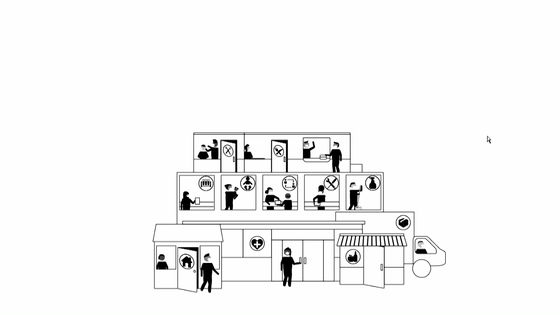
And the fourth stage. The rest of the “workers who can work at home, which are not essential for society,” will be able to return to work. At this stage, for the first time, it is possible to plan a barbecue outside with family and friends. In addition, although restaurants are required to open seats, it is possible to eat and drink inside the restaurant.
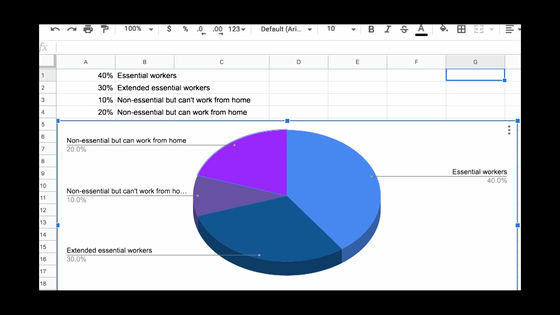
At the end of this fourth stage, students will be able to go to school. The Roadmap recommends that games such as soccer, hockey and basketball be resumed at this stage as well: `` At this stage, there is enough free space for professional sports organizations to inspect athletes. There is, ”said Hart.

In Stage 4, life is almost normal, but it is not. People are required to wear masks in public places, large-scale events are required to be held online, and they are required to stay closer to people than usual.
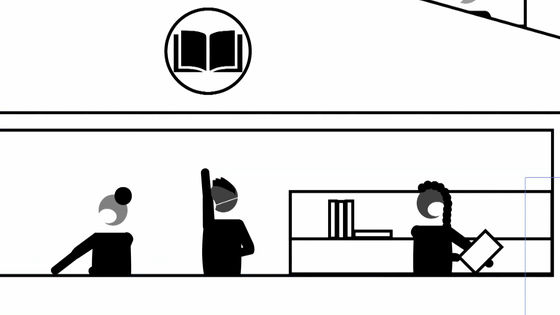
Hart says the Roadmap recommends that the four-stage social reintegration of the workforce will bring significant benefits to society in the long run and will be a strong countermeasure against future pandemics.
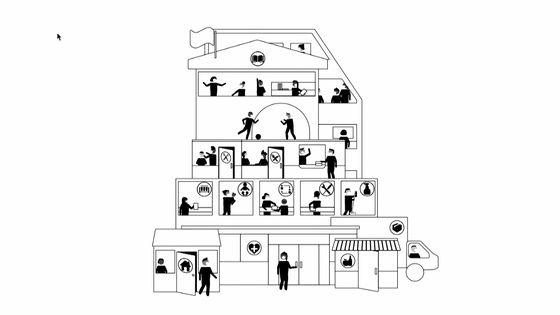
In order to implement the phased reintegration recommended by the Roadmap, it is necessary to carry out TTSI, but it is necessary to establish a pandemic inspection committee with strong but narrow authority for this. Hart argues that the committee needs to allocate $ 50 billion to $ 500 billion in budget over a two-year period to effectively implement TTSI.
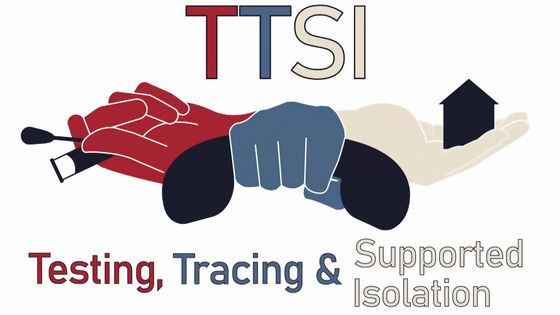
This investment is very large, but it can restore society to its original state at a far lower cost than alternating economic restarts and blockades.
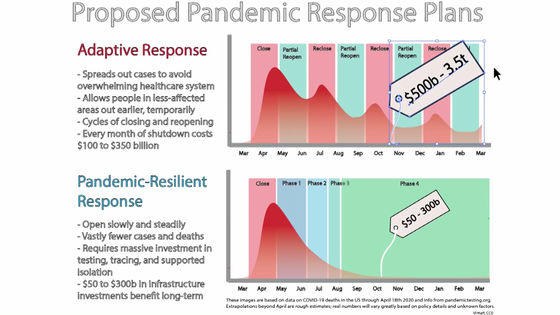
Hart said, 'People from different disciplines and ideologies agree with this plan. We can do it.' 'This plan is real. I was very encouraged by it. I felt very hopeful, ”he said, working to create a roadmap in a way I had never thought possible and argued that an incredible measure was born.

In addition, 'this roadmap is a miracle, and I wanted many people to know the existence of this roadmap,' he said, shaking his voice.
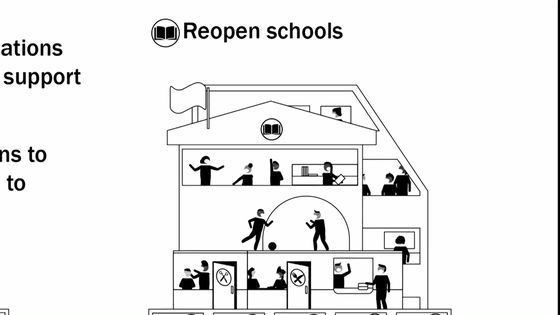
The resilience roadmap from the pandemic also has a hashtag '#HowWeReopen' and an official website called
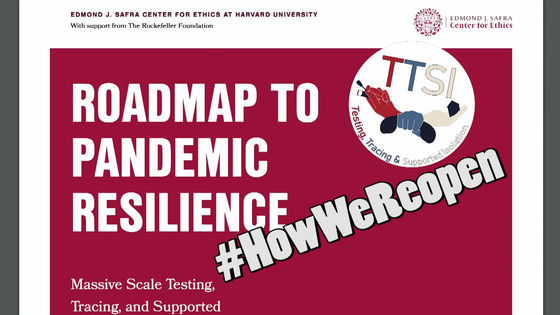
Related Posts:
in Video, Posted by logu_ii







